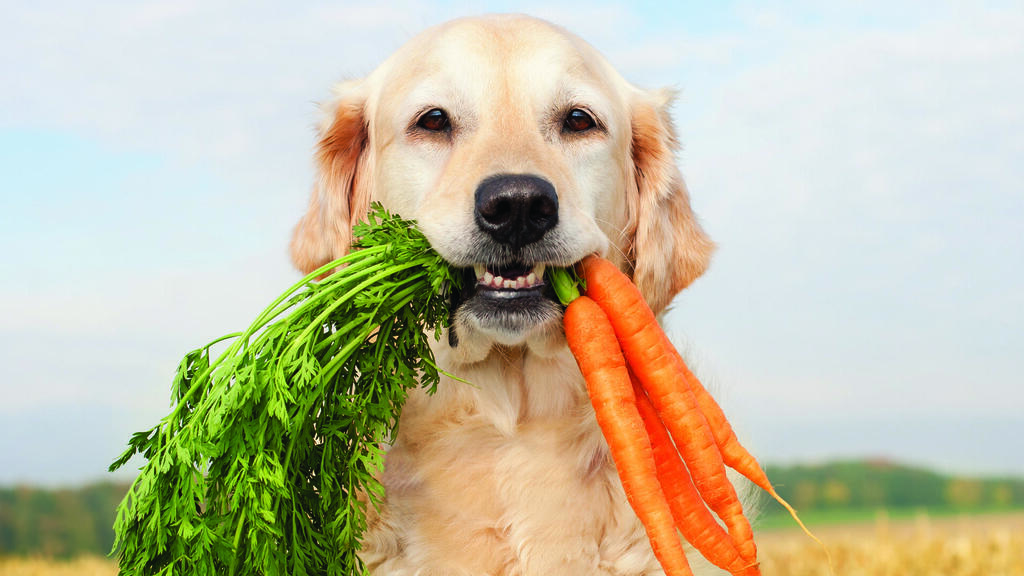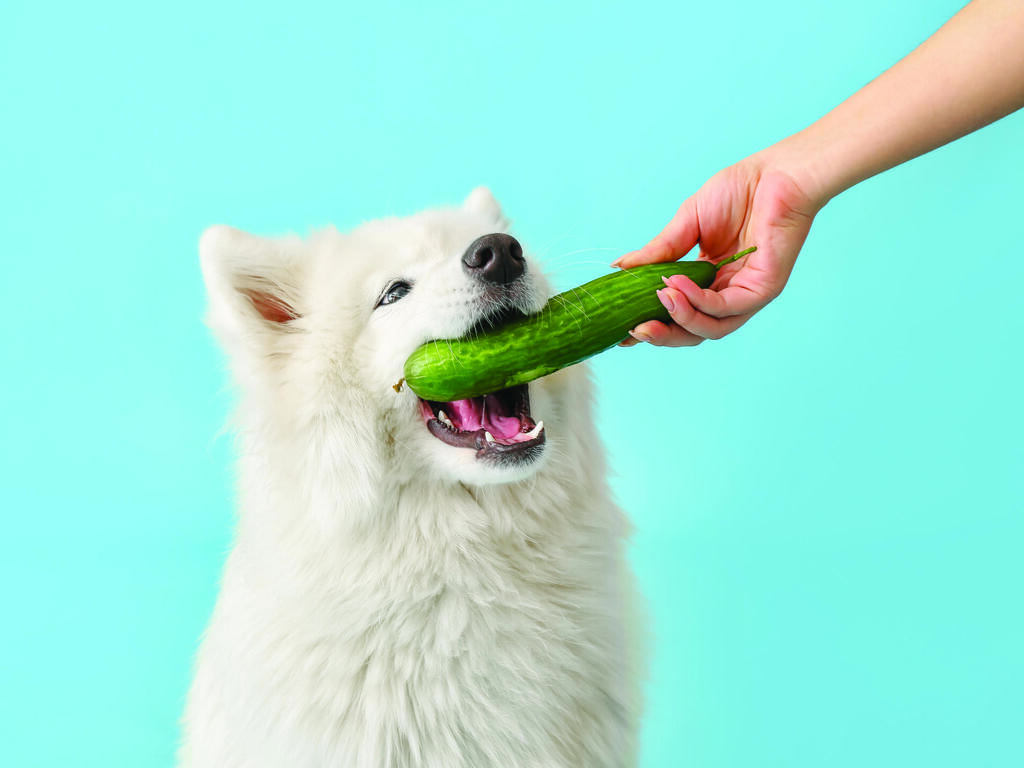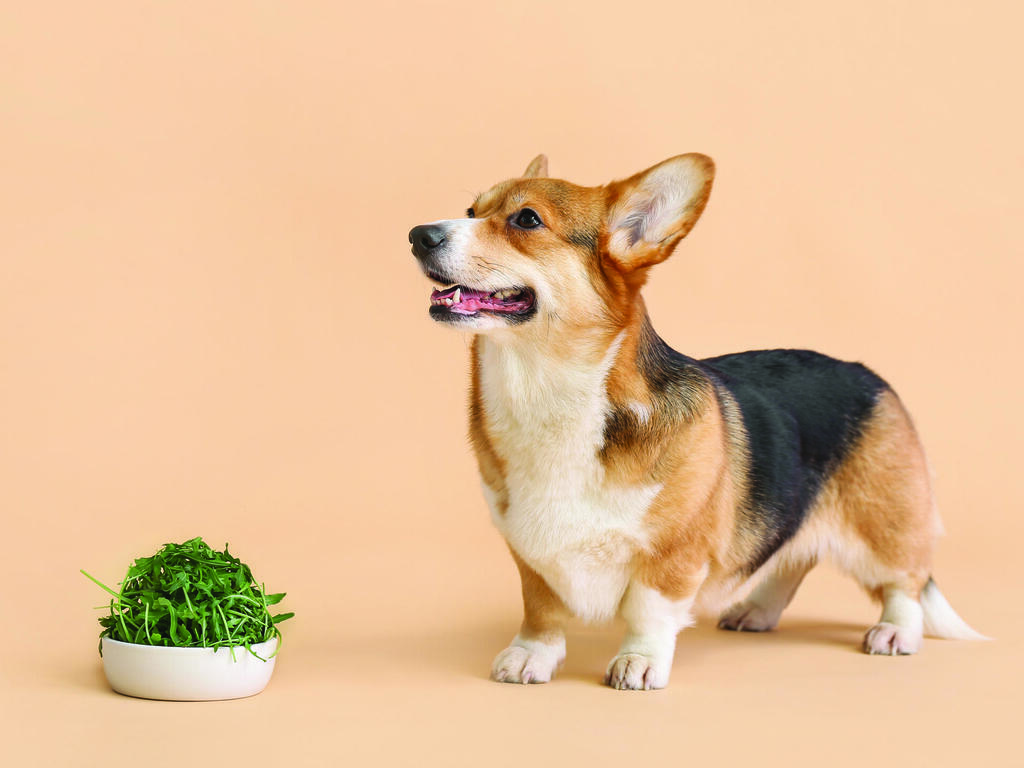Rodney Habib, a notable figure in the animal health advocacy and filmmaking community, faced the consecutive losses of his cherished canines, Mi and Reggie. In an unexpected twist of fate, Reggie, who was ostensibly the more robust pet, passed away abruptly. This was followed by the demise of Sammy, the German Shepherd with preexisting health challenges, whose decline seemed hastened by the loss of her companion.
Read more:
In his sorrow, Habib was at a crossroads: He could either shield himself from future heartache or seek a transformative approach to pet care. He opted for the latter, embarking on a thorough exploration of canine wellness strategies. In collaboration with Dr. Karen Shaw Becker, a veterinarian, Habib authored "Forever Dog," a publication encompassing the latest scientific insights into extending the vitality and lifespan of dogs. The book achieved widespread acclaim, securing a spot on The New York Times bestseller list, and has recently been made available in Hebrew by Meter Publishing.
The entwined histories of dogs and humans span millennia. Dogs share our domestic spaces, inhale the same environment (toxins and all), drink the same water, heed our guidance, and resonate with our emotions. Many ailments prevalent in modern Western human populations, such as cancer, obesity, diabetes, and autoimmune disorders, are also increasingly observed in dogs.
In preparing "Forever Dog," the authors engaged with a spectrum of experts studying the microbiome, hormonal systems, genetics, and epigenetics pertinent to canines. Their aim was to glean actionable insights on how to reduce disease incidence and enhance the longevity of our canine companions. A significant portion of the book's findings indicts commercial dry dog food as overly processed and detrimental to canine well-being.
1) Nutrition dictates a dog's health
Is there a singular action we can undertake to extend the lives of our furry companions? It's likely no shock that it mirrors a principle beneficial to us: enhancing their nutritional intake. While straightforward in concept, actualizing this in day-to-day life can be challenging. Our pets, in contrast to ourselves, lack the capacity to select their meals. Their well-being in terms of diet rests solely in our hands—their human protectors.
Imagine the scenario from your pet's perspective: every bit of sustenance comes from your most trusted human. You lack any choice in this daily ritual. Driven by a fundamental need to eat, you'd consume whatever is served. If your diet consisted solely of highly processed fare, how swiftly would you perceive the adverse impacts on your physique, your mood, or even your immune defenses? Likely in a matter of days or a few weeks.
You'd notice a creeping increase on the scale, a decline in energy, a clouded state of mind. Restorative sleep would elude you. Stress and worry would mount, as evidenced by rising cortisol. A point would come when you'd yearn for a meal of whole, fresh foods, the kind nature provides. Is this revelation unexpected? Bear in mind that many ingredients in commercial pet food are deemed unfit for humans, regardless of the price tag attached.
2) Dogs cannot sustain on just one type of food
Is it a daily routine for you to serve the same bowl of dry kibble to your dog? Some vets advocate for the lifelong use of pet food, arguing that these diets are engineered to meet all dietary requirements. However, this argument often leans more toward commercial bias than actual scientific validation. There are ultra-processed foods for humans too, marketed as "nutritionally complete," such as breakfast cereals boasting a supply of 100% daily recommended vitamins and minerals, as well as beverages like Ensure for individuals who are unable to consume regular meals.
Humans do consume nutritionally complete liquids, from infancy (breast milk or formula) to later stages in life when self-feeding becomes a challenge. Despite this, no nutritionist endorses these products as the exclusive source of nutrition throughout an individual's life. Even scientifically formulated baby formulas, which feed millions of infants worldwide each year, are replaced with more natural, less processed, and diversified food after a few months. Interestingly, our pets are the only members of our families who consume ultra-processed food for their entire lifespan.
3) Dry food for dogs is heavily processed and often contaminated
Dry pet food, while handy, is substantially processed. The fundamental ingredients in most commercial pet foods, such as meat and bone meal, fat, corn gluten meal, rice bran, and others, undergo significant processing before reaching your pet's bowl. Furthermore, these completed products are designed to last for over a year at ambient temperature.
The processing of food can degrade the quality of embedded vitamins, with many being lost during production. Adding to the concerning picture, traces of agrochemicals, including glyphosate, used on the crops can sometimes be detected in commercial pet food. Glyphosate, the key ingredient in the herbicide Roundup, is believed to have carcinogenic properties.
Compounding the issue, numerous commercial dry dog foods have been found to contain mycotoxins. These harmful chemicals are naturally produced by fungi that afflict various types of grains, some of which are used in pet food production, and are a frequent contributor to pet food recalls.
4) Grain-free does not mean healthier
The "grain-free" tag, seen on many types of dry dog food these days, doesn't necessarily equate to a healthier option. Quite the contrary, some grain-free dry diets are laden with the highest levels of starch found in pet foods. High-starch diets can contribute to a variety of degenerative diseases that could potentially be avoided with dietary choices that result in less metabolic strain.
Despite popular belief, carbohydrates aren't a dietary necessity for dogs, yet a typical bag of grain-based pet food contains more than half its composition as carbohydrates, predominantly sourced from corn or insulin-spiking potatoes. This is akin to setting up a pet for diabetes, served with a side of harmful agents like insecticides, herbicides, and fungicides. Furthermore, corn, being a high-carbohydrate grain, not only rapidly spikes a dog's blood sugar levels but is also often laden with toxins due to pesticide treatments.
5) Even 10% of a fresh food diet would greatly benefit your dog
It's not an "all or nothing" approach when it comes to improving your dog's health. Every small step you take could yield significant benefits to your dog's overall health. For example, include an egg or hard-boiled egg that you make for yourself in your dog's meals, along with shredded vegetables like cucumbers and carrots. Your dog will also enjoy eating mashed pumpkin, cooked rice, and chicken from your chicken soup much more than dry food. Just make sure not to season the dog's food with spices that will cause digestive problems like onion powder, garlic powder, and nutmeg.
You can also give him a little probiotic foods that contain good bacteria like sauerkraut, and proteins like fish, sardines (which are rich in calcium), eggs (cooked only), and internal organs like liver, kidneys, intestines, tongue, heart - dogs love them all.
6) Pet snacks are just as processed as dry food, and just as perilous
Indeed, feeding your dog fresh vegetables or human-grade food is highly recommended. Incorporating low-calorie vegetables into your dog's meals is an effective method of enhancing their diet without risking weight gain. Just as consuming fruits and vegetables is crucial for human health, the same holds true for your canine companion. You can finely chop these veggies and blend them into your dog's regular meals, or use slightly larger pieces as rewards during training sessions. It's important to ensure all fresh food offerings, whether cooked or raw, are diced into small, manageable pieces for your dog's safety and ease of digestion.
Fruits and vegetables dogs absolutely love: Carrot, turnip, fennel, celery, cucumbers, spinach, broccoli sprouts, mushrooms, okra, asparagus, broccoli, rocket, Jerusalem artichoke, avocado, strawberry, blueberries, peppers, melon, cherry tomatoes, peas, sunflower seeds, cauliflower, kale, green beans, beets, kiwi, apples.
7) Only 5 food items dog should never eat
The digital space is teeming with misleading information about what foods are appropriate or inappropriate for dogs, potentially driven by commercial motives and an intent to provoke concern about feeding pets with non-commercial food. The European Pet Food Industry Federation (fediaf.org) provides reliable and scientifically grounded information regarding the potential toxicity of various foods for pets. According to their documentation, only five types of foods are deemed hazardous for dogs:
1. Grapes (including raisins)
2. Cocoa (or chocolate)
3. The entire onion family (comprising onions, leeks, and elevated concentrations of garlic extracts - however, fresh garlic is permissible)
4. Nutmeg (a potent source of myristicin, which can induce neurological symptoms and digestive disturbances)
5. Macadamia nuts
So, what about the other lists circulating online? An extensive assortment of nutritious foods, such as almonds, peaches, tomatoes, strawberries, and numerous other highly beneficial fruits and vegetables, are often listed as "toxic". This is because they could pose a choking risk if their seeds are not properly removed. Here are a few foods frequently found on such lists and the actual facts surrounding them:
- Avocado: While the skin and pit are discouraged (for obvious reasons), the fruit itself is perfectly safe for consumption.
- Mushrooms: Those varieties that are deemed safe for human consumption are also suitable for dogs.
- Rosemary: High quantities could potentially harm dogs prone to epilepsy. However, it's perfectly fine as a spice for most other dogs.
- Walnuts: These are only dangerous if a dog is given whole nuts, which could cause choking. The nut itself, when broken into small portions, is not only non-toxic but also beneficial for dogs.
8) Weight is a fine indicator of your dog's longevity
Research indicates that a dog's body weight is a more significant determinant of its longevity than either its size or breed. This underscores the importance of preventing obesity in our canine companions. Nonetheless, it's crucial to be aware that larger breeds tend to age more quickly than their smaller counterparts. For instance, larger breeds like the Irish Wolfhound, which can weigh around 155 lbs., seldom live beyond seven years. In contrast, small dogs such as the Papillon, weighing approximately 8.8 lbs., can enjoy a lifespan that extends a decade beyond that.
9) Dogs get obese for the same reasons kids do
In contrast to humans, dogs do not have the choice of when and how much they consume between meals. A 2020 Dutch investigation involving 2,300 dog owners disclosed that an indulgent parenting style contributes to dogs becoming overweight and obese, mirroring the way lenient parenting can lead to overweight children and unruly behavior in humans. The study highlighted that dog owners who themselves were overweight were more apt to treat their dogs as their "children", allowing them to sleep on the bed while simultaneously neglecting their nutritional needs and exercise. These overweight dogs were also more prone to demonstrating undesirable behaviors, such as barking, growling, or attacking strangers and disregarding commands.
10) Dogs need 60 minutes of physical exercise a week, and frankly so do you
To stave off physical decline, dogs require a minimum of 20 minutes of intense physical exercise that elevates their heart rates, at least thrice weekly. However, most dogs stand to gain from lengthier, more frequent bouts of activity. An exercise duration of 30 minutes to an hour surpasses the benefits of just 20 minutes, and engaging in physical activity 6-7 days per week outperforms a mere three days. Nonetheless, any amount of exercise is invariably more beneficial than none at all.





